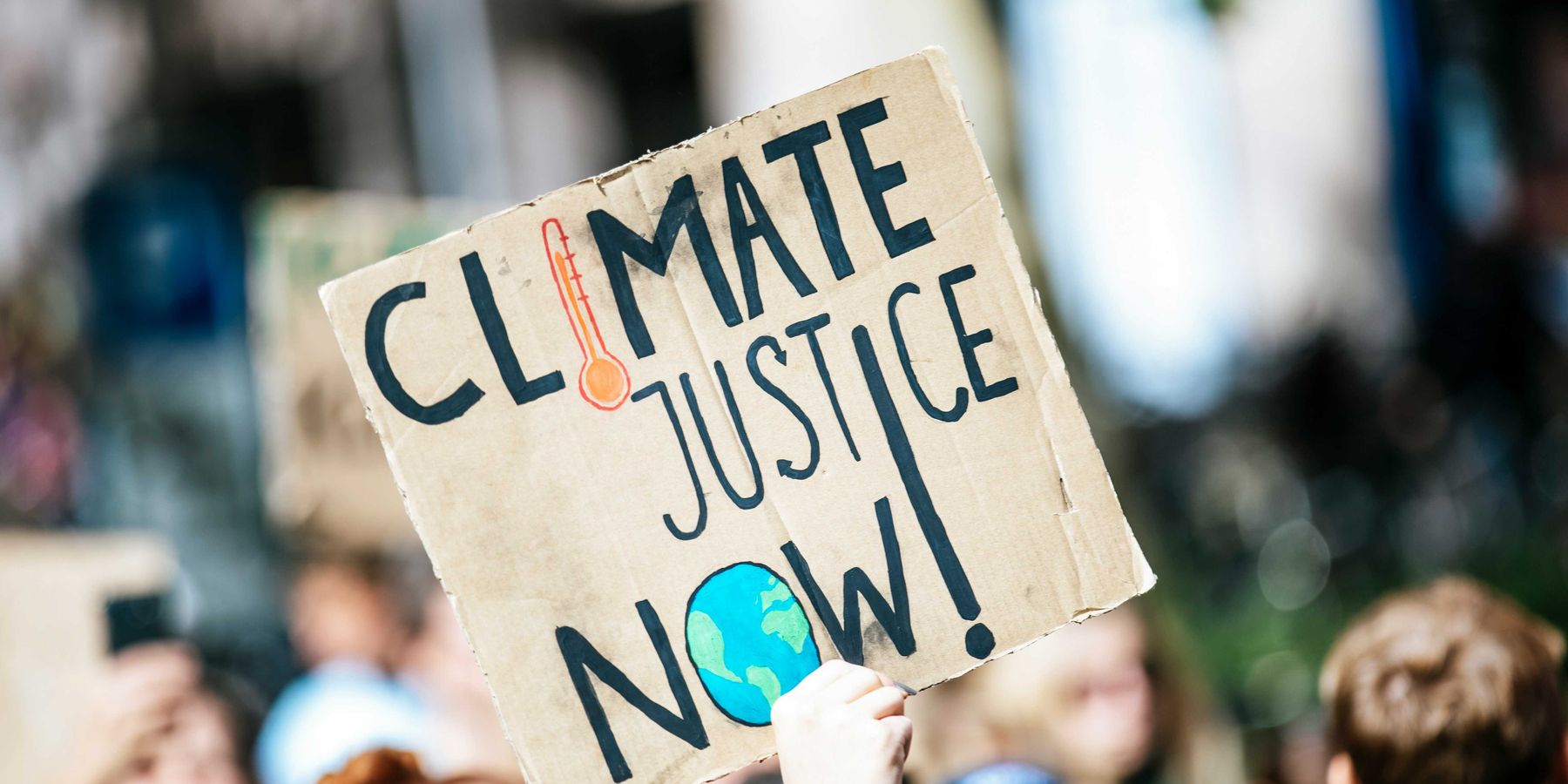EU sees steep drop in greenhouse emissions, but gaps remain to meet 2030 targets
A new report shows EU greenhouse emissions fell by 8% last year, marking significant progress toward climate goals but signaling the need for more aggressive action.
Ajit Niranjan reports for The Guardian.
In short:
- The EU’s greenhouse gas emissions dropped 8% in 2023, now 37% below 1990 levels, due to reduced coal usage and a surge in renewable energy.
- Despite progress, the European Environment Agency (EEA) warns that current policies could still fall 6% short of the 2030 goal of a 55% reduction from 1990 levels.
- The energy sector saw the largest emissions cuts, while agriculture and transportation lagged, with emissions falling only 2% and 1%, respectively.
Key quote:
“The impact of climate change is accelerating. This leaves us no choice but to strengthen our resilience to climate change and reduce greenhouse gas emissions.”
— Leena Ylä-Mononen, EEA executive director
Why this matters:
Most of the progress so far is attributed to the energy sector’s shift to renewables, while sectors like agriculture and transportation lag behind—a reminder of how interlinked all these systems are and how one lagging sector can hamper broader climate goals. Read more: Mokshda Kaul on making the clean energy transition work for all.













